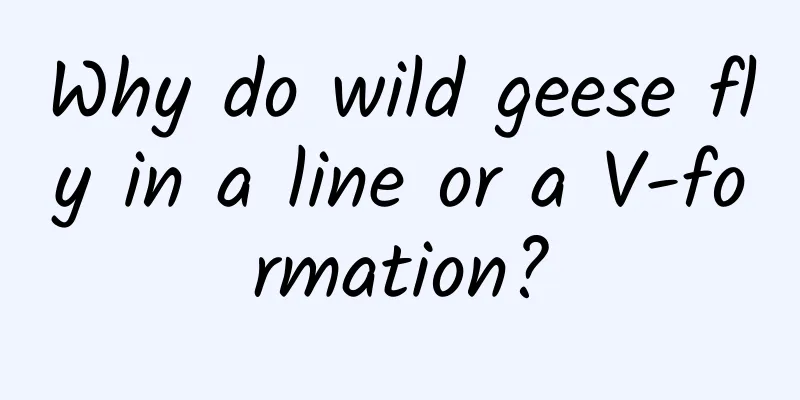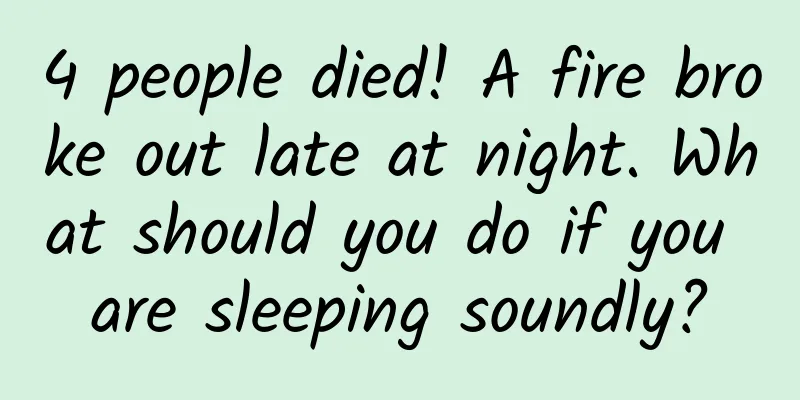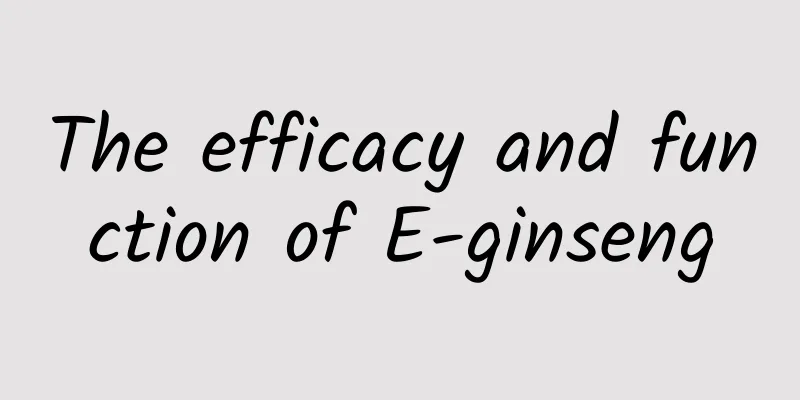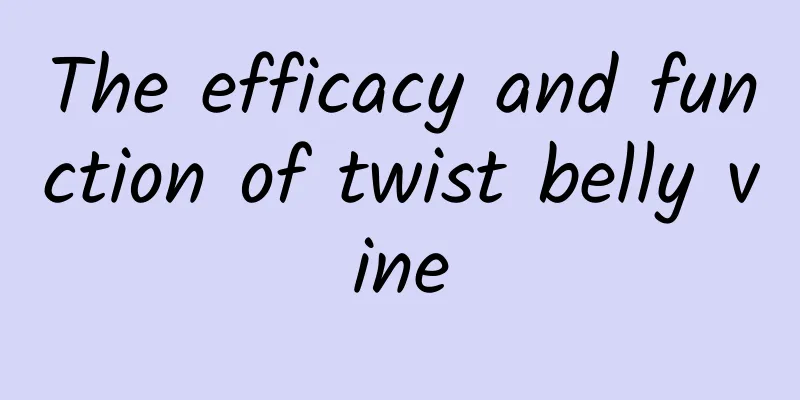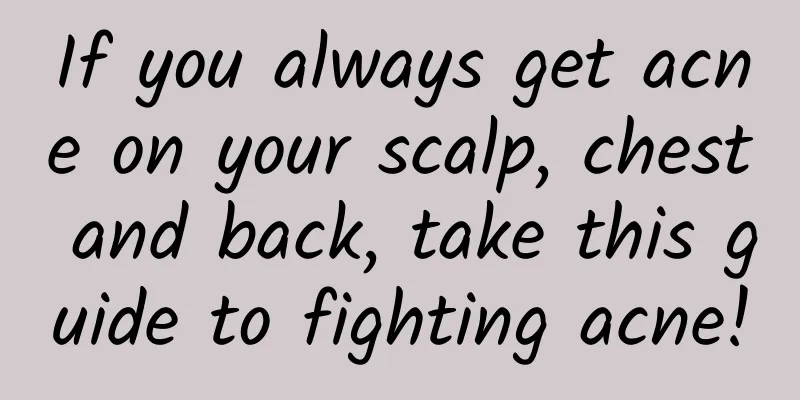The efficacy and function of Tangut Qinglan seedlings

|
Do you know about Tangut Qinglan seedlings? It is a common medicinal material. Generally, Tangut Qinglan seedlings are used as raw materials in many places. It can also treat many physical diseases. Let’s take a look at the relevant knowledge about Tangut Qinglan seedlings. [Source] Medicinal material source: The seedlings of Lantana lanceolata, a plant of the Lamiaceae family. [Original form] Perennial herb, 10-45cm high. There are many fibrous roots, 1-2mm in diameter, with dark brown surface. The stem is erect, quadrangular, purple-red, and covered with soft hairs. Leaves are opposite; basal leaves have long petioles, and cauline petioles are 3-8mm long; leaf blades are pinnately divided, 2-2.5cm long, 1.5-3cm wide, lobes are linear, 2-3 pairs, obliquely spread at an obtuse angle to the midrib, 1-3cm long, 1-3mm wide, the tip lobe is longer, covered with white pubescence on both sides, entire, and the edges are rolled inward. The cyme inflorescence grows on the upper part of the branch, with 4-6 flowers, forming an intermittent spike; the bracts are leaf-like, 5-15mm long, with 3-5 spiny lobes, and covered with short hairs and eyelashes on both sides; the calyx is 1-1.5cm long, often purple, with 3-lobed teeth on the upper lip and 2-lobed teeth on the lower lip, densely covered with white soft hairs and golden glandular dots on the outside; the corolla is lip-shaped, 2-2.8cm long, covered with short hairs on the outside, the upper lip is slightly curved, 2-lobed at the apex, the lower lip is 3-lobed, and the central lobe is the largest; there are 4 stamens, the latter pair is longer, the anthers are 2-chambered, forked, and the filaments are hairy; the ovary is 4-lobed, the style is slender, and the stigma is 2-lobed, extending out of the corolla. The nutlets are oblong and smooth. The flowering period is July-August, and the fruiting period is August-September. [Habitat distribution] Ecological environment: Growing on the banks of dry river valleys at an altitude of 1900-4000m, on hillside roadsides, on grasslands, on alpine grasslands or on the edges of pine forests. 【Nature and flavor】 Spicy; bitter; cool 【Functions and indications】Diuretic and anti-edema. Mainly used for urinary incontinence, edema, ascites [Usage and Dosage] For oral use: decocted in water, 9-15g. 【Excerpt】 Chinese Materia Medica Above we introduced what Tangut Qinglan seedlings are. We know that Tangut Qinglan seedlings have very comprehensive effects and functions, so Tangut Qinglan seedlings can be used as a means of regulating the body in daily life. |
<<: The efficacy and function of peach gum
>>: The efficacy and function of myrtle
Recommend
What are the effects and functions of maca chewable tablets
Maca chewable tablets can have a good anti-aging ...
Magical things born from simplicity: Uncovering the origin of bioelectricity
Produced by: Science Popularization China Author:...
Open the door quickly, the drone is here to deliver fresh seafood!
Nowadays, driven by the strategy of building a st...
The efficacy and function of bitter melon flowers
The traditional Chinese medicine bitter melon flo...
Tearful Dog Head: Will they cry with joy when they are reunited with their owners?
In May this year, a Bichon Frise named "Coff...
The efficacy and function of thorny honey
Thorn honey is a common type of traditional Chine...
The efficacy and function of cattle hoof
Many people are not very clear about the efficacy...
How is the world's most poisonous mushroom made?
“Red umbrellas, white poles, after eating we lie ...
How many children’s teeth have been damaged by these 9 “experiences” from parents?
Healthy teeth make your child smile brightly Howe...
Drink dandelion water for thyroid nodules
In life, many people use some folk remedies to tr...
What is the method of treating hypertension with pure Chinese medicine?
With the improvement of living conditions, many p...
I’ve tried it for everyone and found that the “20-minute park effect” really works!
I wonder if you have seen the 20-minute park theo...
The efficacy and function of wintersweet flowers
Wintersweet is a familiar medicinal material with...
Can Chinese yam treat eczema?
Eczema is actually a common skin disease, because...
How to build a habitable planet? An interview with Charles Langmuir
【Author】Xu Yigang 【Translation】Zhao Siyu, Yang Ya...
